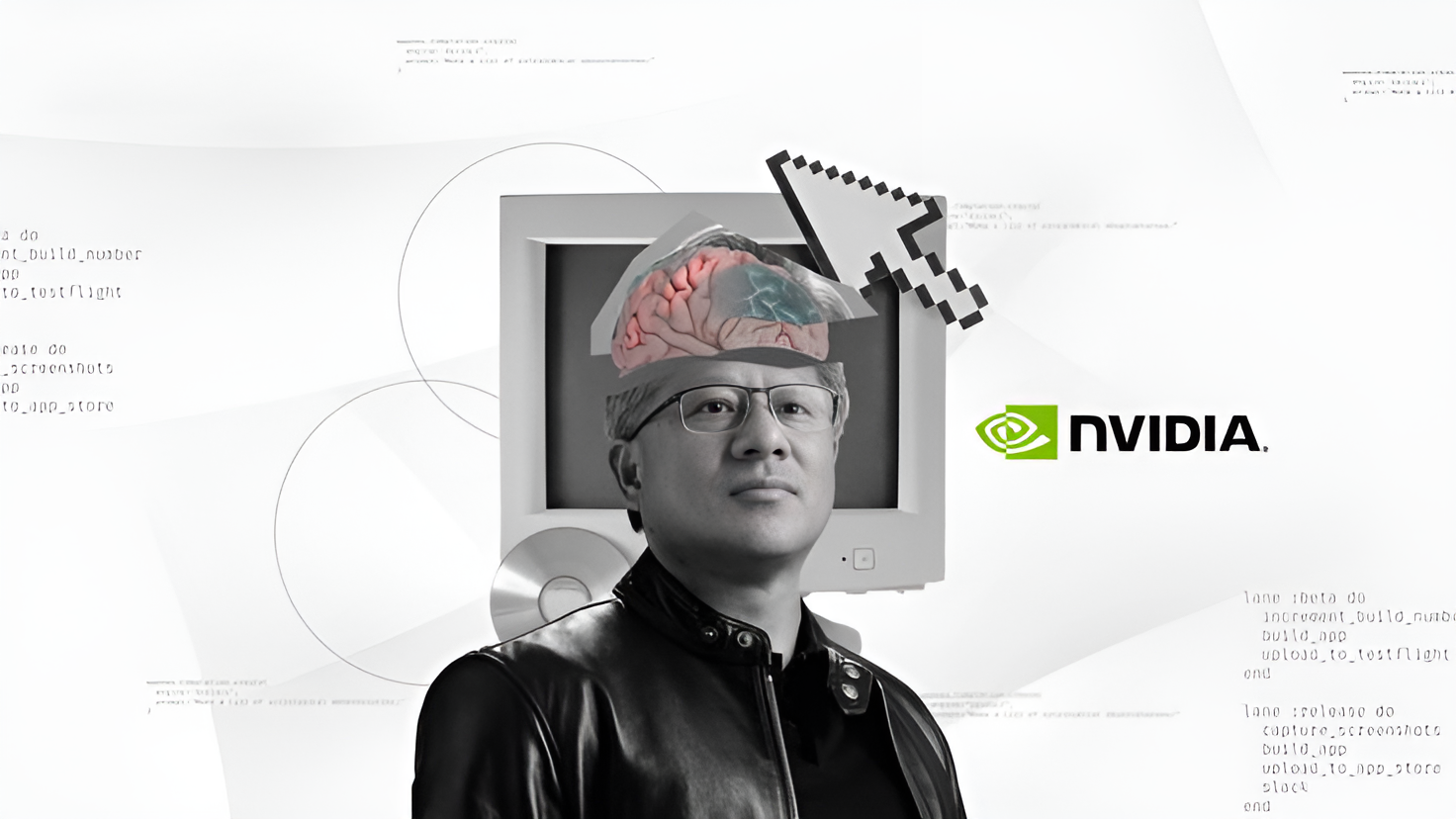Prioritizing data for post-quantum cryptography (PQC) Analysis Report
5W1H Analysis
Who
The primary stakeholders involved include cryptography and cybersecurity companies, data protection agencies, global technology firms like HashiCorp, and governmental bodies concerned with national security. Researchers and quantum computing experts are also crucial players.
What
The event focuses on the prioritisation and protection of sensitive data against potential quantum computing threats by implementing a smart, scalable cryptography strategy that ideally secures data well into the quantum era.
When
This strategy is being pushed as of June 2025, reflecting a timely response to growing concerns about quantum computing threats in the near future, which have been escalating in recent years.
Where
The strategy is applicable globally, affecting all markets that rely on encryption, particularly in developed regions with leading technological and research facilities, such as North America, Europe, and parts of Asia.
Why
The driving force behind this initiative is the anticipated ability of quantum computers to break current encryption methods, thereby threatening data security. Protecting critical infrastructure and personal data is paramount as quantum capabilities advance.
How
By employing post-quantum cryptographic methods, which may involve hybrid systems using current and new cryptographic techniques designed to be quantum-resistant. These solutions entail robust data prioritisation strategies to protect the most sensitive information first.
News Summary
As quantum computing continues to develop, there is a growing urgency to protect sensitive data from potential breaches by future quantum technologies. Global stakeholders, including technology companies and security agencies, are prioritising the implementation of scalable cryptographic strategies that can protect data against quantum threats. This proactive approach involves adopting post-quantum cryptography (PQC), aiming to bolster security infrastructures worldwide against this emerging threat.
6-Month Context Analysis
In the past six months, discussions around quantum computing capabilities have accelerated, with numerous conferences and government reports highlighting their potential risks. Several technology firms have started pilot projects focusing on PQC, indicating a shift towards preventive security measures. Initiatives from the US National Institute of Standards and Technology (NIST) regarding quantum-resistant algorithm standardisation have also marked significant progress.
Future Trend Analysis
Emerging Trends
The shift towards effective PQC solutions represents a critical trend in cybersecurity. The integration of quantum-resistant technologies is expected to become a standard industry practice as awareness grows.
12-Month Outlook
In the next 12 months, we expect to see increased funding and development in PQC research, with significant advancement towards standardisation and deployment in critical sectors. Collaboration between governments and private entities may enhance readiness against quantum threats.
Key Indicators to Monitor
- Progress of NIST's quantum-safe algorithm standardisation - Adoption rates of PQC technologies across industries - Innovations in encryption solutions from leading technology firms - Policy developments from major governments regarding quantum computing
Scenario Analysis
Best Case Scenario
Widespread adoption of PQC occurs across key sectors, preventing potential quantum breaches, securing data integrity, and maintaining public trust in digital infrastructures.
Most Likely Scenario
The rollout of PQC solutions is gradual, with initial adoption by high-risk organisations before mainstream sectors follow, underpinned by continued technological improvements and regulatory support.
Worst Case Scenario
Quantum computing capabilities advance faster than expected, outpacing the deployment of PQC, leading to significant data breaches and undermining public and corporate trust in digital security solutions.
Strategic Implications
Organisations should accelerate efforts to understand PQC and integrate these solutions into their existing frameworks. Continuous monitoring of technological developments and collaboration with industry leaders will be crucial to staying ahead of potential threats. Awareness and training programmes should be implemented to prepare for a seamless transition to quantum-safe infrastructures.
Key Takeaways
- Organisations must prioritise data protection strategies focusing on post-quantum threats.
- PQC should be incorporated into existing security measures as a preventative measure.
- Stakeholders must monitor developments by institutions like NIST closely.
- Collaborative efforts between governments and private sectors will enhance readiness.
- Continuous education and awareness are vital to maintaining robust cybersecurity defenses.
Source: Prioritizing data for post-quantum cryptography (PQC)





















Discussion